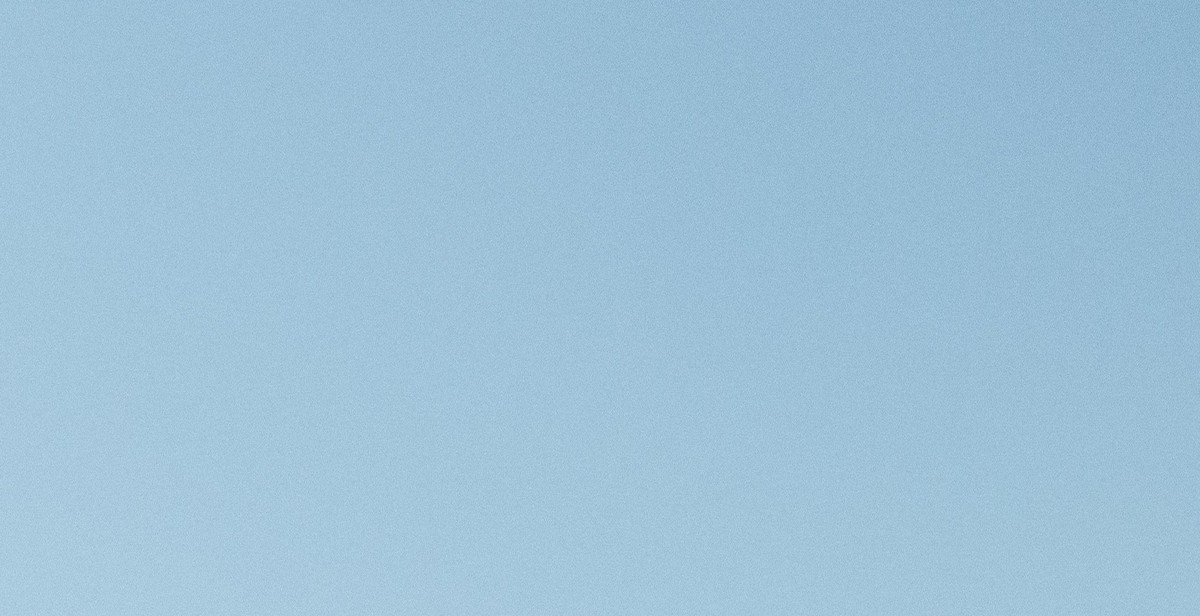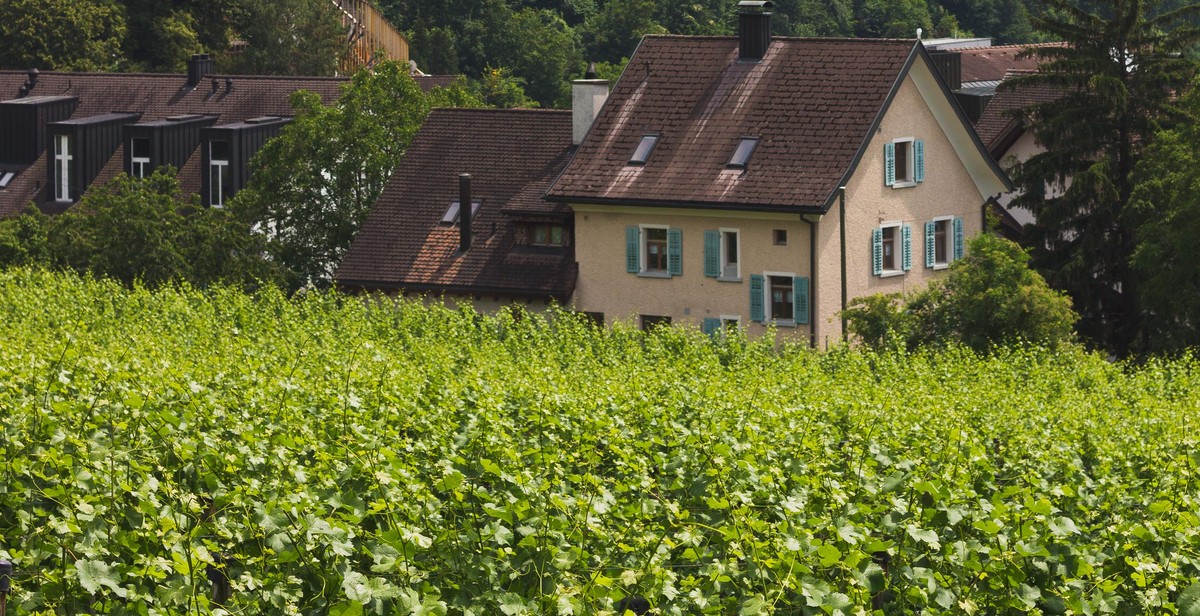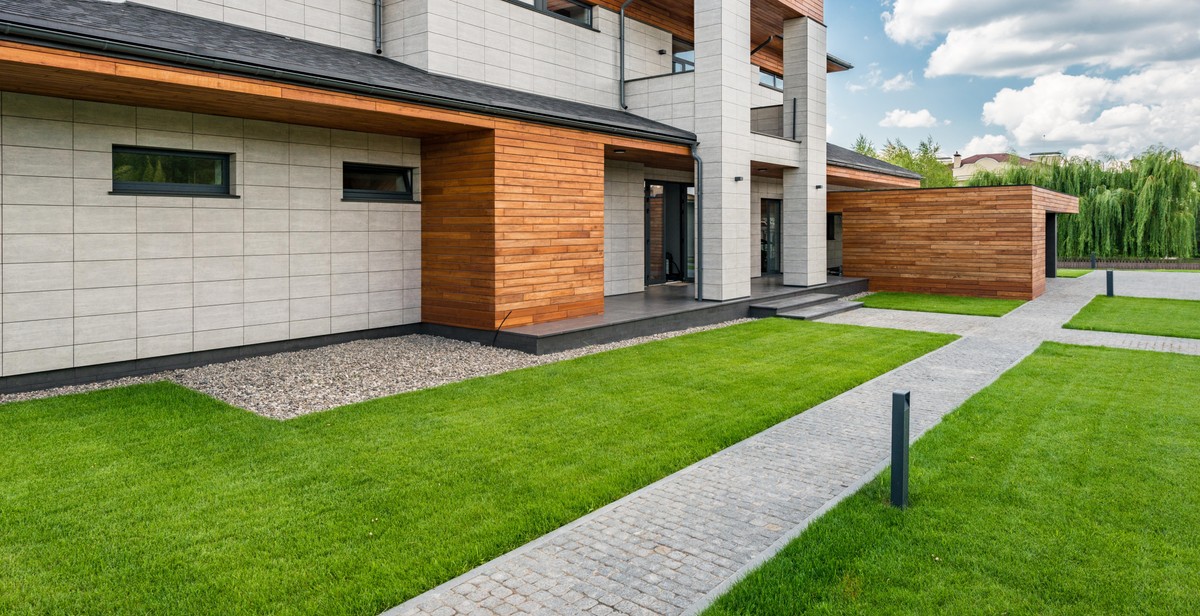Introduction
Green roofs are rapidly gaining popularity as an innovative solution for enhancing sustainability and urban biodiversity. A green roof is essentially a vegetative layer on top of a building that provides numerous benefits, including improved air quality, reduced energy consumption, and increased stormwater management. Green roofs also contribute to the creation of natural habitats for birds, insects, and other wildlife in urban areas, thereby promoting biodiversity.
The design of a green roof architecture requires careful consideration of several factors, such as the building’s structural capacity, the type of vegetation to be used, and the climate of the region. This article will provide a comprehensive guide on how to design a green roof architecture that enhances sustainability and urban biodiversity. We will discuss the different types of green roofs, the benefits of green roofs, and the design process involved in creating a successful green roof.
Types of Green Roofs
There are two main types of green roofs: extensive and intensive. Extensive green roofs are lightweight and require minimal maintenance. They typically consist of a thin layer of soil and low-growing vegetation such as sedum. Intensive green roofs, on the other hand, are heavier and require more maintenance. They can support a wider variety of vegetation, including trees and shrubs, and are often used as rooftop gardens or recreational areas.
Benefits of Green Roofs
Green roofs offer a multitude of benefits, including:
- Reduced energy consumption by providing insulation and reducing the urban heat island effect
- Improved air quality by filtering pollutants and absorbing carbon dioxide
- Increased stormwater management by reducing runoff and improving water quality
- Promotion of biodiversity by providing a habitat for birds, insects, and other wildlife
- Increased property value and aesthetic appeal
Design Process
The design process for a green roof architecture involves several key steps, including:
- Evaluating the building’s structural capacity
- Selecting the appropriate type of green roof
- Determining the type of vegetation to be used
- Designing the drainage and irrigation system
- Developing a maintenance plan
By following these steps and considering the unique characteristics of each project, architects and designers can create green roofs that enhance sustainability and urban biodiversity while also providing numerous benefits to building owners and the surrounding community.

What is a Green Roof?
A green roof, also known as a living roof or eco-roof, is a roofing system that incorporates vegetation and other natural elements to create a sustainable and environmentally friendly building design. A green roof can be installed on top of any type of building, including residential, commercial, and industrial structures.
Types of Green Roofs
There are several types of green roofs, each with their own unique characteristics and benefits. These include:
- Extensive Green Roofs: These are lightweight and low-maintenance green roofs that are typically planted with sedum, grasses, and other small plants. They are ideal for buildings with a low load-bearing capacity.
- Semi-intensive Green Roofs: These green roofs have a slightly deeper growing medium and can support a wider variety of plants, including shrubs and small trees. They require more maintenance than extensive green roofs but provide greater environmental benefits.
- Intensive Green Roofs: These are the most complex and intensive green roofs, with a deep growing medium that can support larger plants and even small gardens. They require regular maintenance and irrigation but provide the greatest environmental benefits.
Benefits of Green Roofs
Green roofs offer a wide range of benefits, including:
- Reduced Energy Costs: Green roofs provide natural insulation, which helps to reduce heating and cooling costs for buildings.
- Improved Air Quality: The plants on a green roof help to filter pollutants and improve air quality in urban areas.
- Reduced Urban Heat Island Effect: Green roofs absorb and retain heat, which helps to reduce the urban heat island effect in cities.
- Increased Biodiversity: Green roofs provide habitat for birds, insects, and other wildlife, which helps to increase urban biodiversity.
- Improved Stormwater Management: Green roofs absorb and filter rainwater, which helps to reduce stormwater runoff and improve water quality.
| Types of Green Roofs | Benefits of Green Roofs |
|---|---|
| Extensive Green Roofs | Reduced Energy Costs |
| Semi-intensive Green Roofs | Improved Air Quality |
| Intensive Green Roofs | Reduced Urban Heat Island Effect |
| Increased Biodiversity | |
| Improved Stormwater Management |

Designing a Green Roof
Designing a green roof involves careful consideration of site analysis, structural considerations, and choosing the right plants. A green roof can enhance sustainability and urban biodiversity while also providing insulation, reducing stormwater runoff, and improving air quality.
Site Analysis
Before designing a green roof, it’s essential to conduct a thorough site analysis. This involves assessing the roof’s orientation, slope, and exposure to wind and sunlight. The type of building and its intended use should also be taken into account. Factors such as the location’s climate, rainfall, and temperature should also be considered. The site analysis will help determine the type of green roof that will be most suitable for the building.
Structural Considerations
Green roofs are heavier than conventional roofs and require additional structural support. The building’s load-bearing capacity must be assessed before designing a green roof. The type of green roof chosen will also affect the structural requirements. Intensive green roofs with deeper soil profiles and larger plants require more support than extensive green roofs.
Choosing the Right Plants
The right plants must be chosen to ensure the success of a green roof. Native plants are recommended because they are adapted to the local climate and require less maintenance. The plants should also be drought-tolerant and able to withstand the extreme conditions of a rooftop environment. Sedums, grasses, and wildflowers are popular choices for green roofs because they are low-maintenance and provide habitat for pollinators and other wildlife.
| Plant Name | Type | Benefits |
|---|---|---|
| Sedum spathulifolium ‘Cape Blanco’ | Sedum | Drought-tolerant, low-maintenance, attracts pollinators |
| Panicum virgatum ‘Shenandoah’ | Grass | Drought-tolerant, provides habitat for wildlife, adds texture and movement |
| Echinacea purpurea ‘Magnus’ | Wildflower | Drought-tolerant, attracts pollinators, adds color |
By carefully considering site analysis, structural requirements, and plant selection, a green roof can be designed to enhance sustainability and urban biodiversity while also providing numerous benefits to the building and its occupants.

Installation and Maintenance
Installation Process
Installing a green roof requires careful planning and execution to ensure the success of the project. Here are the steps involved in the installation process:
- Roof Assessment: A thorough assessment of the roof is necessary to determine its suitability for a green roof. The roof’s structural integrity, water drainage, and load-bearing capacity must be evaluated.
- Design: The design of the green roof should be based on the roof assessment. The design should consider the type of plants to be used, the irrigation system, and the substrate depth.
- Preparation: The roof surface should be cleaned and prepared before installation. The existing roofing material should be removed, and the roof surface should be leveled, and a waterproof membrane should be installed.
- Installation: The installation process involves laying down the drainage layer, filter fabric, growing medium, and finally, the plants. The plants should be spaced out evenly to allow for proper growth and maintenance.
- Irrigation: An efficient irrigation system should be installed to ensure that the plants receive adequate water. The system should be designed to minimize water runoff and waste.
- Maintenance: Regular maintenance is crucial to ensure the longevity and health of the green roof. The maintenance requirements are discussed below.
Maintenance Requirements
Maintaining a green roof involves regular inspections, watering, fertilizing, and pruning. Here are some maintenance requirements:
- Inspections: Regular inspections should be carried out to identify any issues such as leaks, plant diseases, or pest infestations.
- Watering: The green roof should be watered regularly, especially during hot and dry weather. The irrigation system should be adjusted to ensure that the plants receive adequate water without causing runoff.
- Fertilizing: Fertilizers should be applied to the green roof to promote healthy plant growth. The type and amount of fertilizer used should be based on the plant species and the substrate composition.
- Pruning: Regular pruning of the plants is necessary to prevent overgrowth and maintain the aesthetics of the green roof.
| Installation | Maintenance |
|---|---|
| Roof Assessment | Inspections |
| Design | Watering |
| Preparation | Fertilizing |
| Installation | Pruning |
| Irrigation |

Environmental Impact
Green roof architecture has a significant impact on the environment, particularly in urban areas. This section will discuss the various environmental benefits of green roofs.
Reducing Urban Heat Island Effect
Green roofs help to reduce the urban heat island effect by absorbing and retaining heat, which reduces the amount of heat that is reflected back into the atmosphere. This helps to lower temperatures in urban areas, making them more comfortable for people to live and work in. Additionally, green roofs can help to reduce the amount of energy required to cool buildings, which can help to lower energy bills and reduce carbon emissions.
Improving Air Quality
Green roofs can help to improve air quality by absorbing pollutants and particulates from the air. This helps to reduce the amount of harmful pollutants in the air, which can have a positive impact on human health. Additionally, green roofs can help to reduce the amount of noise pollution in urban areas, making them more peaceful and pleasant places to be.
Conserving Energy
Green roofs can help to conserve energy by providing insulation for buildings. This helps to keep buildings cool in the summer and warm in the winter, reducing the amount of energy required to heat and cool buildings. Additionally, green roofs can help to reduce the amount of stormwater runoff, which can help to prevent flooding and reduce the strain on municipal water systems.
| Environmental Benefits of Green Roofs |
|---|
| Reduces Urban Heat Island Effect |
| Improves Air Quality |
| Conserves Energy |

Urban Biodiversity
Green roofs are an effective way to enhance urban biodiversity. They provide a habitat for various wildlife, including birds, insects, and small mammals. The design of green roofs can be optimized to attract wildlife and promote plant diversity.
Attracting Wildlife
Green roofs can provide a much-needed refuge for wildlife in urban areas. They can attract a variety of birds, including songbirds, pigeons, and even raptors. Insects such as bees, butterflies, and ladybugs can also thrive on green roofs, providing pollination services and natural pest control.
Small mammals such as squirrels and rodents can also find a home on green roofs. The presence of wildlife on green roofs can create a more natural and biodiverse urban environment.
Promoting Plant Diversity
Green roofs can also promote plant diversity in urban areas. By incorporating a variety of plant species, green roofs can create a microcosm of diverse plant life. This not only creates a more visually appealing rooftop, but also provides beneficial ecosystem services.
Plant diversity on green roofs can support local pollinators, improve air quality, and reduce the urban heat island effect. Additionally, a diverse plant community can provide a more resilient green roof system, better able to withstand environmental stressors such as drought or extreme temperatures.
| Plant Type | Examples |
|---|---|
| Sedum | Sedum spurium, Sedum album, Sedum kamtschaticum |
| Grasses | Festuca ovina, Panicum virgatum, Bouteloua gracilis |
| Wildflowers | Echinacea purpurea, Coreopsis tinctoria, Rudbeckia hirta |
Overall, green roofs can play an important role in enhancing urban biodiversity. By attracting wildlife and promoting plant diversity, green roofs can create a more sustainable and resilient urban environment.

Conclusion
Designing a green roof architecture is a sustainable and eco-friendly solution to the challenges of urbanization. By incorporating vegetation and greenery into our buildings, we can reduce the urban heat island effect, improve air quality, and enhance biodiversity in the city.
Creating a green roof requires careful planning and consideration of factors such as building structure, climate, and maintenance. However, the benefits are numerous, and the investment can pay off in the long run, both financially and environmentally.
Green roofs can also contribute to the aesthetic appeal of a building, creating a unique and striking visual impact. They can be designed to blend in with the surrounding environment or stand out as a bold statement of sustainability.
As architects and designers, it is our responsibility to prioritize sustainability in our work and create buildings that are not only functional but also environmentally conscious. Green roof architecture is a step in the right direction towards a more sustainable future for our cities.
- To summarize, the benefits of green roof architecture include:
- Reducing the urban heat island effect
- Improving air quality
- Enhancing biodiversity
- Reducing energy consumption
- Providing insulation and soundproofing
- Creating a unique visual impact
Let us continue to explore and implement sustainable solutions in our designs, and make a positive impact on our environment and communities.
